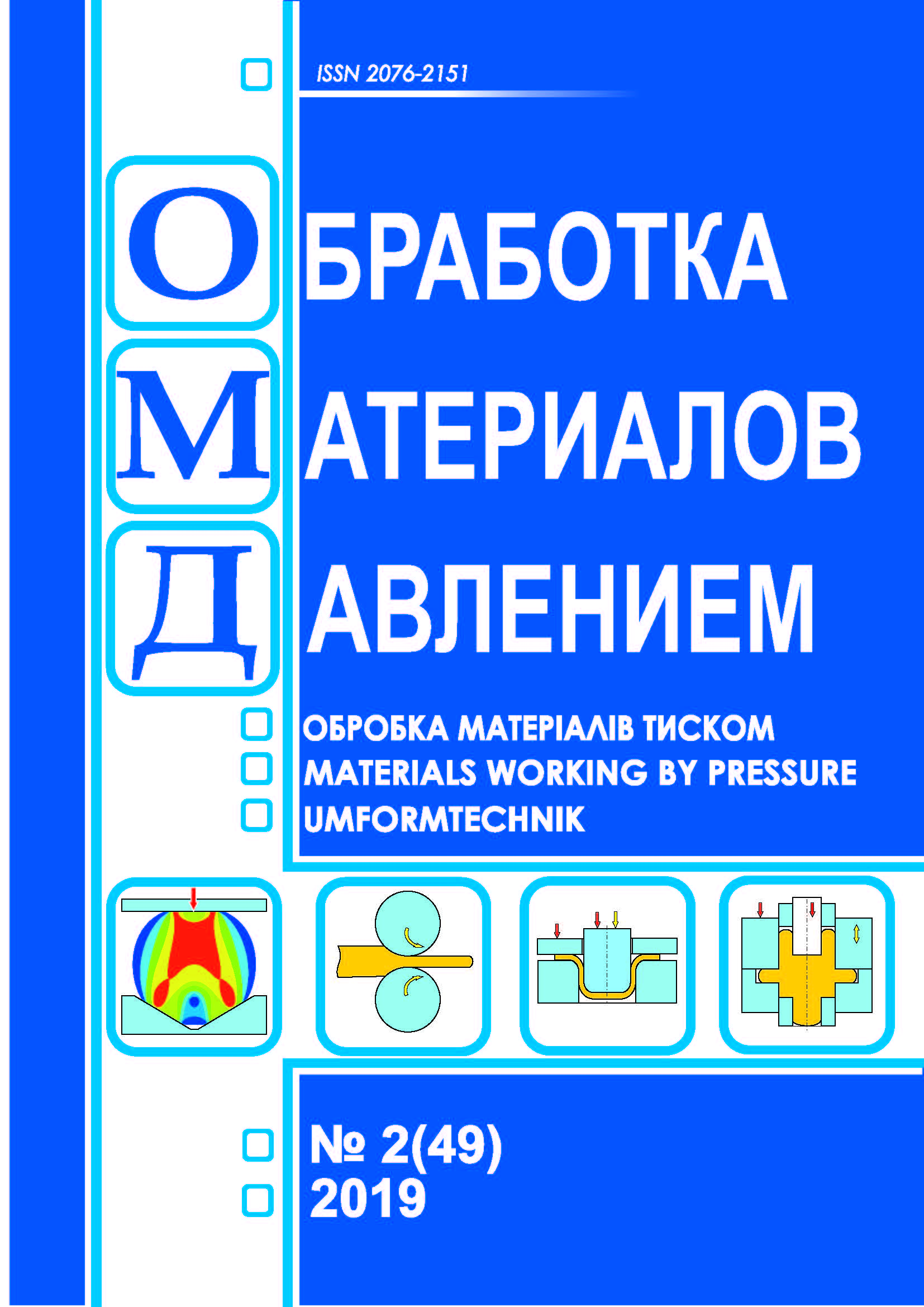Development of design and technological solutions for manufacturing a hollow blade with titanium alloys
DOI:
https://doi.org/10.37142/2076-2151/2019-2(49)128Keywords:
hollow blade; classifier; numerical calculation; corrugation; device; shaping; technological process.Abstract
Garanenko T. R. Development of design and technological solutions for manufacturing a hollow blade with titanium alloys // Material working by pressure. – 2019. – № 2 (49). - P. 128-135.
The main task of improving the fan blades is to reduce the mass of the feather blades due to structural and technological solutions while maintaining operational parameters (properties of static and dynamic strength). The developed classifier is the basis for the selection of structural and technological solutions in the design of the blades. Each of the classes has its own varieties of forms and structural elements. The most promising in terms of mass efficiency is class 4 blades. One important issue when creating a hollow-blade structure is ensuring strength. The creation of a mathematical model of a hollow blade with a corrugation was carried out in the ANSYS computational complex system. A comparative analysis was carried out with a model of a ventilation blade of a specific profile, which is in flight operation. The results were taken as a criterion for further numerical simulation. The analysis showed that the stress level in the model of a hollow blade from applied loads is lower than in a continuous working fan blade. The performed modal analysis of the model of the pen of a hollow scapula determined the forms and frequencies of natural vibrations. The frequency values are low and ensure the absence of resonance in the working range of rotor speed. Based on the calculations, the design of the hollow blade was chosen. The development of the technology for obtaining a typical cross section is based on the experimental preparation of a hollow blade of a limited length. The structure of the technological process for manufacturing hollow blades is proposed. The designed device is designed to study the deformation of the elements of a hollow blade.

